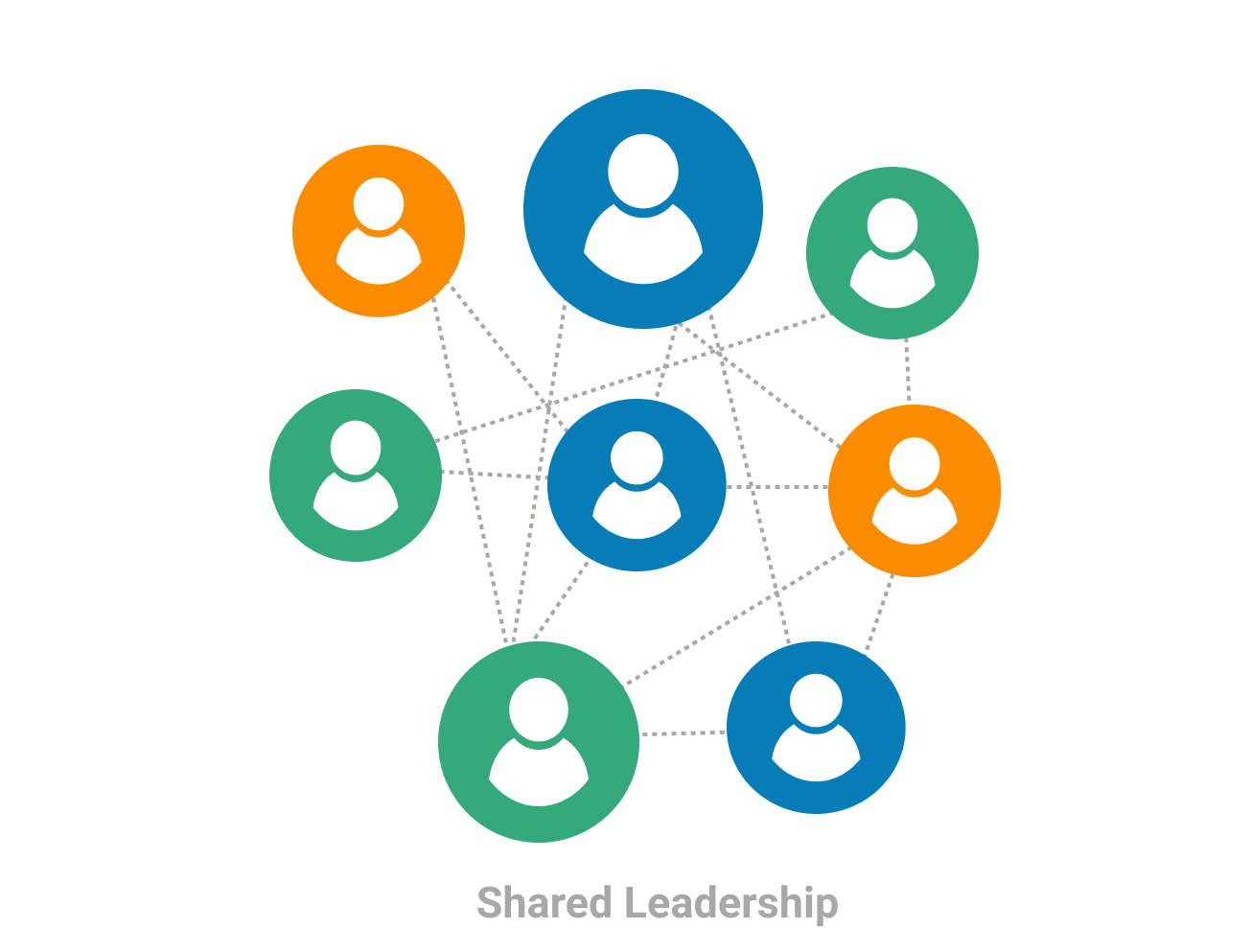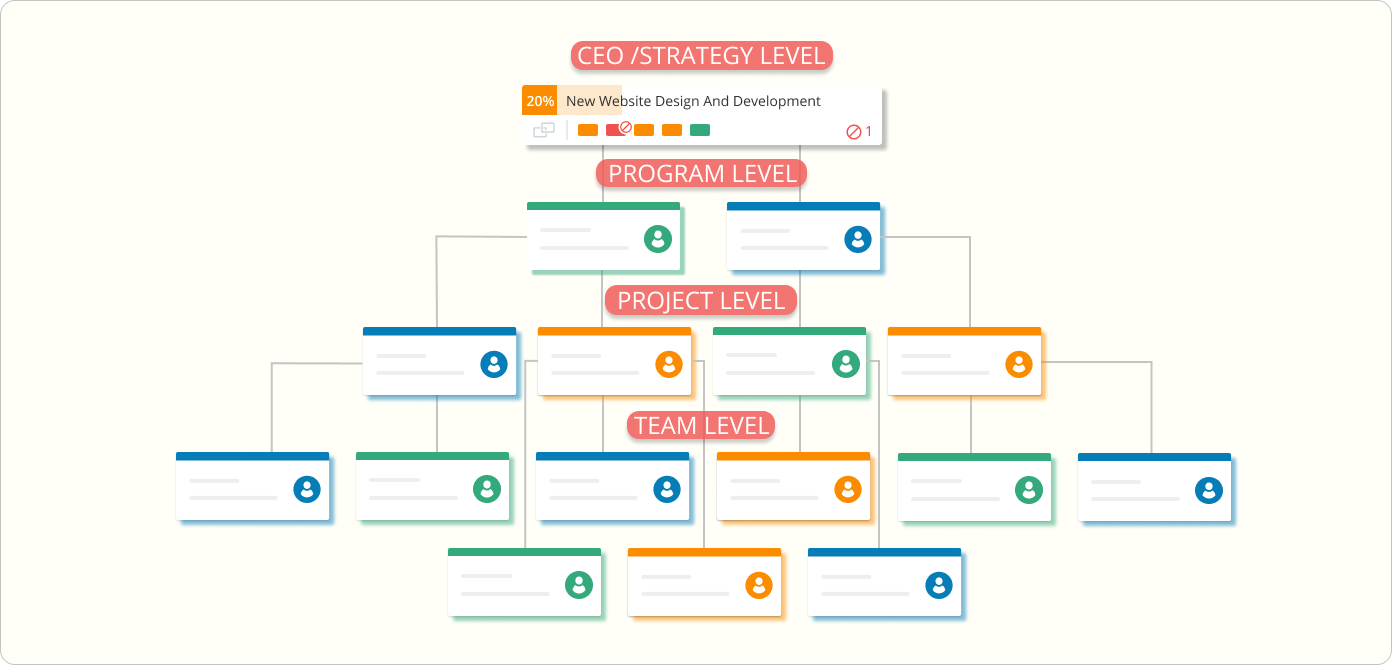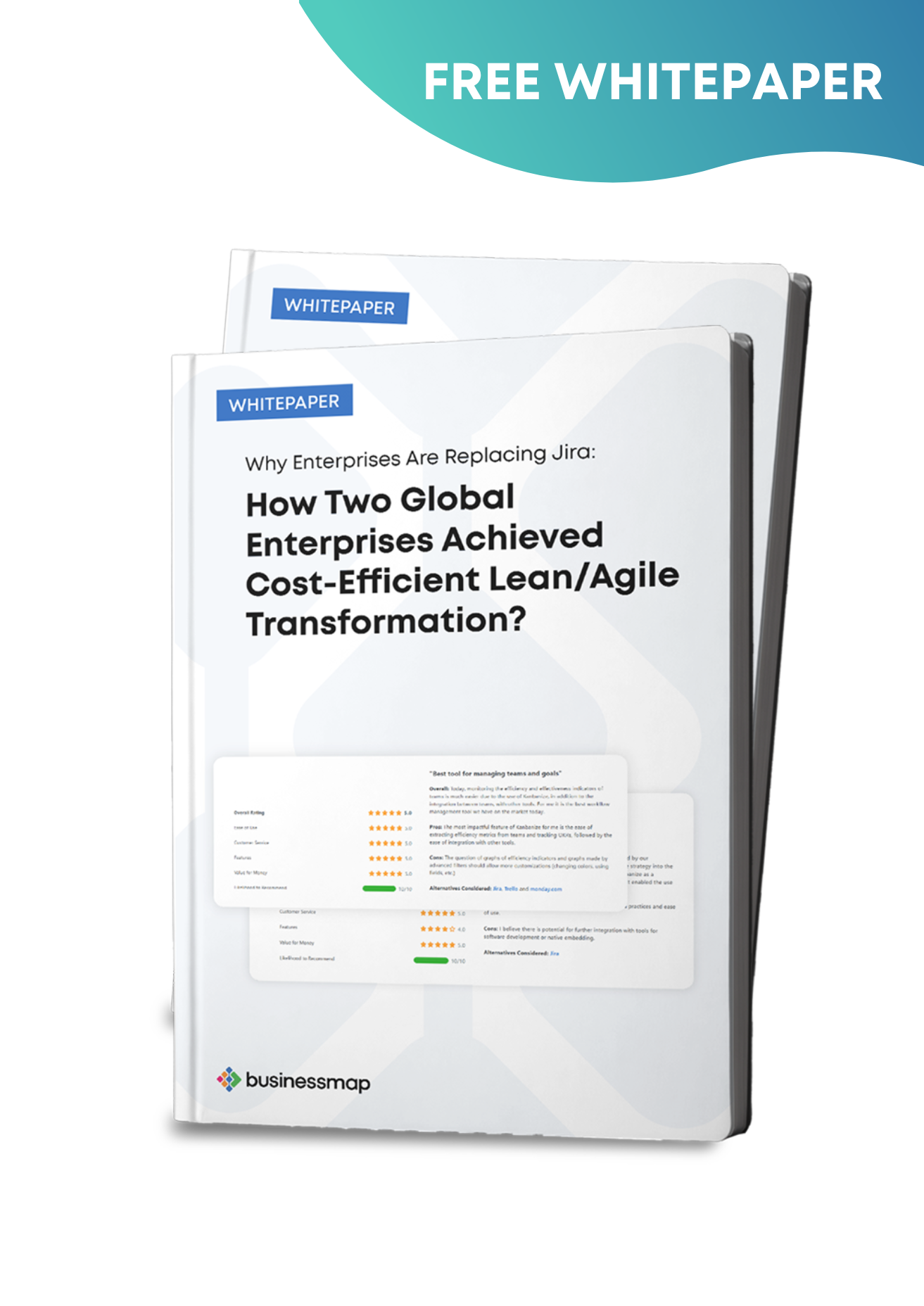Grasping the difference between adopting the Agile methods into the work process (doing Agile) and shifting to the Agile mindset (being Agile) is a fundamental step to achieving a real workflow transformation, boosting engagement at all levels, and being productive.
No matter your position at a company, the project you are working on, or the size of your team, you'll be able to see a profound difference between the two concepts clearly.
To gradually reach the answer, we have prepared:
- A brief explanation of the Agile principles and values
- Agile implementation examples
- Tips to recognize the Agile mindset indicators
Understanding the Agile Values and Principles
Embracing the Agile mindset in your team or company means understanding its core values and principles. If you are:
- Recognizing that team members are your biggest asset and prioritizing interactions between them over strict processes and expensive tools
- Organizing your work on small portions and delivering a working solution at each cycle
- Seeking customer feedback and collaboration
- Evaluating the deliverables every step of the way and acting upon changing requirements
Then you are respecting the 4 values of Agile, and you have the foundation to enable agility within your processes. However, the business reality is that companies fail to adopt the Agile approach to managing projects, and one of the key reasons is the lack of pursuing the right mindset.
Altering the organizational culture is a challenge that requires embracing change. Crucial to understanding the Agile mindset is that it's all about being receptive to changes, all the time, at all management levels.
So why are companies facing challenges in completing their Agile transformation? Let's discuss this.
Agile Adoption vs. Agile Transformation
The key to understanding what "doing Agile vs. being Agile" means is introducing the concepts of Agile adoption and Agile transformation.
While both are introduced and closely dependent on management, the Agile adoption should be considered a tangible, empirical task. It entails embracing new ways, allocating time and resources for hiring trained people, or using the right tools.
On the other hand, the Agile transformation requires everyone's involvement and efforts to make a fundamental change in their work ethics, beliefs, and organizational culture to align and ultimately achieve greater business outcomes. As a business owner or a team manager, you need a solid foundation and persistence, as transformation does not come overnight.
Although the two processes are deeply intertwined, and one can not happen without the other, adopting an Agile method should be perceived as the means. However, you should be aiming at the true Agile transformation of your mindset towards embracing a culture of shared leadership and enabling an Agile way of working.

Agile Implementation Examples
I'm sure you've experienced or encountered examples of Agile organizations undergoing successful Agile transformations. Most likely, those stories did not happen in a week or so, it normally takes months, even years, to grow that attitude and make it the basis of the company culture. Agile implementation is not always a breeze.
My first interaction with the Agile mindset was the attempt of a very traditionally managed company to shift towards the Scrum method. The good intentions and tools were in place. Unfortunately, that was as far as the improvement stretched.
The thinking "yet another management decision" prevailed, hence the strong resistance to some of the teams to adopt the newly introduced Agile values and practices. In-house collaboration was not achieved; people would simply "attend" daily meetings instead of actively participating.
Furthermore, feedback from clients was acknowledged but not communicated; people were annoyed instead of challenged by the changing requirements. In essence, things quickly turned back to the dynamics of the pre-Agile times.
Being part of Businessmap and getting familiar with the Kanban method in the environment of an established Agile mindset, is a whole different experience for me.
With Kanban you don't have to reinvent your work ethics and organizational culture, you're free to start with what you know and gradually aim at continuous improvement. Adapting and improving at your own pace empowers people to want to get better, to do things in a more efficient way, to experiment, and to stay creative.
Whether you're implied to adapt to using Scrum or Kanban, both ways of implementing Agile have the potential to transform your workflow. What's more important to being Agile, is the freedom to experiment, always finding new ways, constantly revising your work, and striving to improve.
What usually makes the difference? Leadership, dedication, and engagement
Agile implementation will likely fail when there's no alignment between teams and management levels. When feedback is not properly and timely reaching management, that means that teams and management are not on the same page, and there's no proper top-down, bottom-up communication flow.
The Agile mindset calls for pursuing projects in alignment with the global company priorities, hence the need for solid communication grounds and transparency at all levels.

It's crucial not to lose focus during the stages of your workflow, and initiatives are the compass to keep you on the right track. Having everyone up-to-date, keeping open and transparent communication at all levels, inevitably makes people a lot more responsive and adaptive to changes of the goals along the way. Having that agility to the market's weather is the sole meaning of a true Agile transformation.
What does a successful Agile transformation suggest as outcomes?
The numbers are clear that agility improves the customer experience by 30%. In a scenario when a new feature is in development, for example, client's input is not only essential for the entire purposefulness of the project, it demonstrates caring and listening to the actual challenge.
It translates as deep involvement and a constant aim at improvement. The agility you demonstrate inevitably reflects on your client's engagement in the entire process and has the potential to boost satisfaction.
Tips to Recognize the Agile Mindset
How to spot if a company is doing Agile or it has achieved the Agile mindset at a glance?
- You'll find people a lot more involved in each process. Everyone is on the same page.
- Transparency to the core. Everything is communicated on daily briefs.
- Responsibility is delegated equally across the team - everyone has access to the same set of real-time data, updates, and required changes.
- People are not annoyed by the changing requirements - change is embraced.
- People have more fun!
Final Thoughts
Achieving agility of the mindset and scaling it on a company level is not a task you expect to achieve simply, put behind your back, and case closed. Think of it as an explicit policy deeply intertwined with all your work processes concerning each and every one.
We tend to fail to achieve our goals simply because we are blindly focused on a vision, and there's no way to measure it. Breaking that grand vision into smaller projects gives us room to complete those short-term projects, assess what we have achieved, look back at challenges we have overcome, and incorporate that learning into the next short-term plans.
An essential part of being Agile is progressing with the related tasks of our goal and continuously assessing and improving our performance.
So, back to understanding the difference between doing Agile vs. being Agile - becoming Agile is the intangible goal to cultivate a sustainable working Agile environment while doing Agile is the tangible means to achieving that goal. Agile transformation should be perceived as a process, not as a one-time endeavor.

Iva Krasteva
Content Creator Expert | Agile Practitioner | Kanban Certified
With a background in Intellectual Property, SEO, content writing, and training in Lean, Agile, and Kanban, Iva is an enthusiastic Agile practitioner who embraces collaboration and flexibility every step of the way. Driven by constant learning and knowledge and fascinated by people's creativity.



